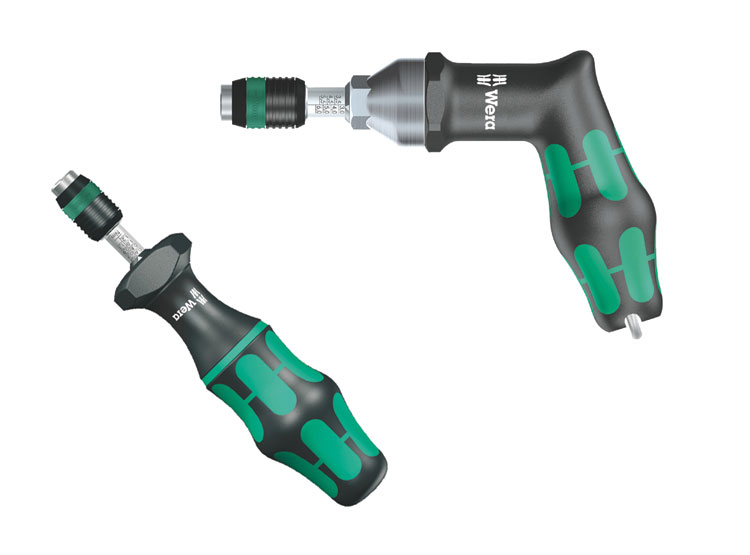by Eliot Woodrich
| From http://tech-kid.com/iphone-4-vs-iphone-5-vs-iphone-6.html |
As smartphones, laptops, and tablets have become increasingly common, the rate at which new products are released has also increased. This has changed the focus from durability and maintainability of electronics to flashy features and short-term planning that result in a form of planned obsolescence. The manufacturers' expectation is that a device has a short life, and therefore would be replaced within one or two years, not last a lifetime. With that mindset, through hardware many devices have built-in planned obsolescence.
So what options are available for an average consumer faced with these challenges, and who wants to resist the obsolescence of their purchases?
Often times, planned obsolescence in electronics can be most easily seen in the construction of the hardware on the device. The latest trends have resulted in fragile, glass-paneled, aesthetically driven products that are nowhere as durable as a Palm Pilot would have been a decade ago. Fortunately, for most devices, and with a bit of research and effort, nearly any issue with a device can be repaired by the consumer (although this would break the warranty, so generally is only necessary after the industry-standard 1-yr warranty has ended).
 |
| By Dezertscorpion (Own work) [Public domain], via Wikimedia Commons |
For instance, the website iFixit lists repair guides for nearly every component in the latest iPhone 6 -- a device that to many people appears to be an impenetrable block of plastic and glass. Common failures like the Home button on iPhones can be easily repaired by following these, or similar guides, and may result in needing to purchasing a ten dollar button instead of a 500 dollar phone as a replacement. The site also contains guides for Android, Windows Phone, and many other electronics.
There are an abundance of tutorials and guides for nearly any device and type of hardware failure online, but the manufacturers of devices with planned obsolescence have managed to convince most consumers that there is no way to repair it yourself. To resist the trend of obsolescence, keeping the device you already have and learning to repair it can guarantee many additional years of use than the manufacturer's planned.



